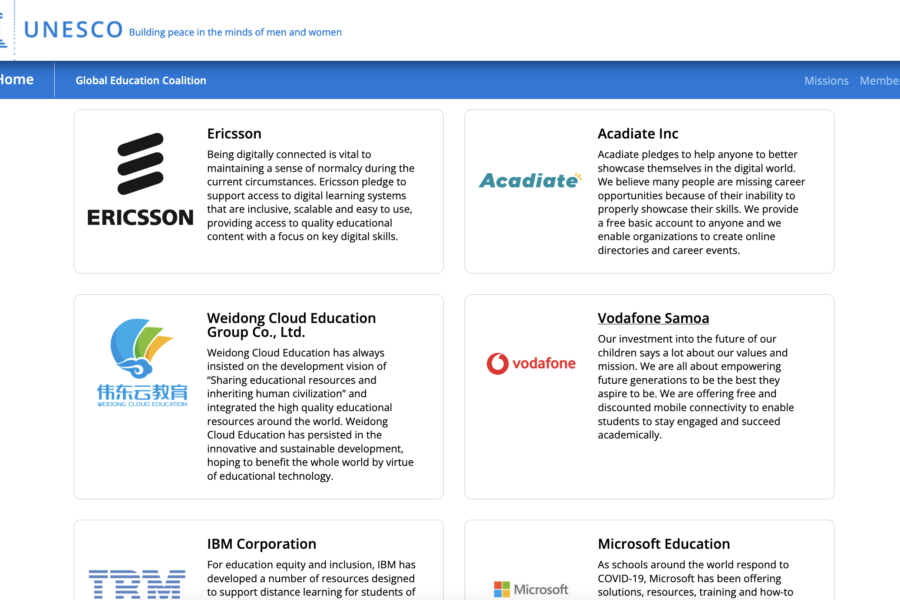Like most students growing up in Ontario, my first resume was created in Civics and Careers — a class not so much dedicated to employability as it was to arming us with a template.
Our teacher was so notoriously mean that I deliberately took it in Summer School.
But I doubt that gave me any better insights into how to build a resume.
If you can recall, this is the main template for Canadian resumes à la grade 10:
EDUCATION
School You Go To
Your Mark
- Bullet point about your honor roll
- Bullet point about some classes
- Bullet point about sports or an extra-curricular
WORK EXPERIENCE
Employer
Time You Started-Time You Quit (or “present”)
- Bullet point about what you do
- Bullet point about what you do
- Bullet point about how you act
VOLUNTEER EXPERIENCE
Employer
Time You Started-Time You Quit (or “present”)
- Bullet point about what you do
- Bullet point about what you do
- Bullet point about how you act
HOBBIES
- Bullet point about your extra-curricular
- Bullet point about something you did a few times
It’s funny, but some students don’t deviate from this format for the next 6 years.
Then, when they’re graduating, it hits them like a brick wall… or like an all-caps HEADER.
I was fortunate enough to get involved with the UTM Career Centre in my second year. I applied for Marketing & Events Assistant and — in the process of securing the role — learned a lot about resumes and myself.
The UTM Career Centre provides a straight-forward approach to resume building with a list of best practices. It’s a comfortable approach and — for some roles — it’s not a terrible method to get all of your accomplishment-based ducks in a row.
But what if you don’t necessarily have any accomplishments? That was my first question when I started building resumes. The Career Centre staff quickly dispelled it by telling me that everything can be viewed as an accomplishment. They were right — they even had a worksheet for it. Worked on cash? That’s finance experience. Took a math course? That’s analysis. Got your group through a project? Problem-solving!
This approach was easy, it worked, and… something felt a little off about it.
I don’t mean to say it was bad, but branding myself as having process-building experience because I worked as a line cook is kind of a stretch.
A few years later, when I finally had some experience under my belt, I asked a co-worker for advice. She sent me a resume template from Rotman which was strictly accomplishment-based. Yup. All the bells, whistles, and sleek Arial font you could ask for. I was applying to Deloitte so I put in all of the information I thought a hiring consultant would want from me — my resume was full of loose numbers: “increase x by 200%”, ” decreased y by 50%”. Looking back, these seem completely ambiguous and unverifiable, but at the time I thought they were GOLD.
And apparently so did someone else because I got into first round interviews.
I also bombed first round interviews because I couldn’t confidently answer all of the questions they had prepared for me.
I was unprepared, uncertain, and my resume inflated my confidence by getting my through the door for the wrong reasons.
“All recruiters see the same statements and the same statistics”
That’s what Zane told me. He then proceeded to pull up the LinkedIn profile of a girl who made it into IBM effortlessly — it looked nothing like what I expected.
It was all narrative.
She was genuinely talking about her experiences and why she was doing what she was doing.
It was very simple, very intuitive, and something too good to be true.
I was incredibly excited to hear Zane say that this is what recruiters want — real values, story-telling, and speaking with purpose. In reality, even though I was excited, it was also frightening to break out of an old paradigm.
“Will recruiters hire me?”
“Is it okay to put down such informal statements on my resume?”
“What do I include?”
These were some of the questions I had while editing my resume.
My resume is still in the works, but after our last session, I feel like I know what a resume should look like for me.
It should be focused, concise and — at the same time — it should tell a story and give the reader a sense of purpose and meaning.
It should be a glimpse into your soul, not your trophy case.



